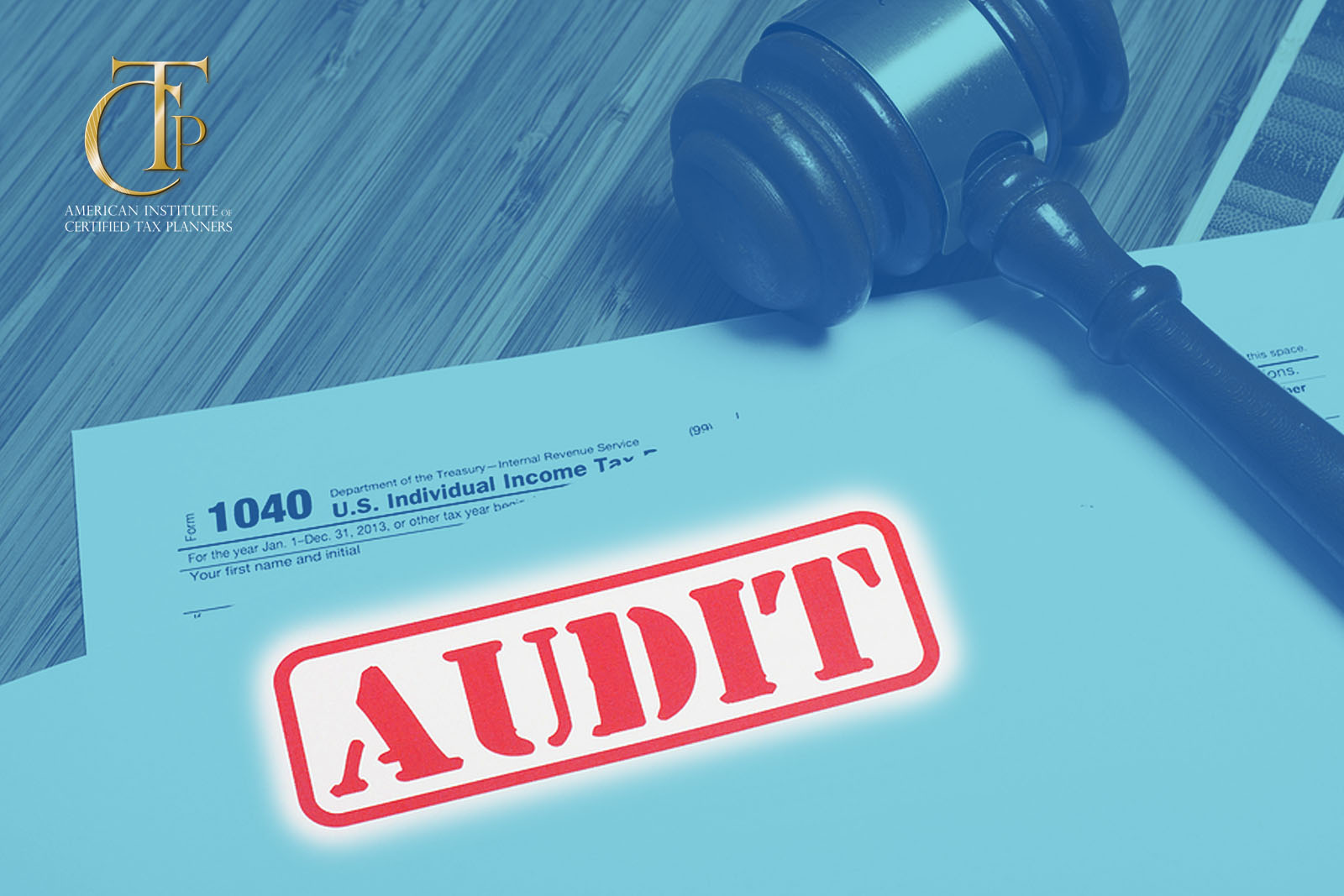When that IRS audit notice shows up in the mail, many taxpayers’ first reaction is to panic. For well-trained tax planners, however, this can be our moment to shine—and to demonstrate to our clients the immense value that we bring to the table. Many taxpayers don’t realize that a number of tax returns are chosen randomly for an audit, which means that anyone could “win the audit lottery” in any given year.
So how can we best support our clients in the face of an audit? If we are thorough in our tax planning and preparation, everything we need should be taken care of long before that audit notice appears. As they say, “the best defense is a good offense,” and when it comes to tax planning, the best offense is good documentation.
Establishing Evidence
Tax planners know that every claim on a tax return is a legal position. The taxpayer is stating that they fulfill the IRS requirements for any actions they have taken, whether that is taking a deduction, claiming a credit, or reporting income. Seeing this as an exchange of legal information reminds us that we need supporting evidence for every element on that tax return. This can include both physical and digital documents.
Let’s say for interest that our client has a mortgage, so we advise them to deduct their mortgage interest on their Schedule A. For the purposes of an audit, we will need proof that the taxpayer is legally responsible for the mortgage, proof that they live in that residence, and statements that delineate what the taxpayer paid on the principal versus the interest. This might mean collecting the mortgage agreement, bank statements, canceled checks, or payment confirmation receipts. By gathering these documents when we prepare the tax return, if an audit occurs, we will already be ready to submit the evidence needed on behalf of the client.
How do we know which documents will count as sufficient evidence? This will vary based on the claim we are backing up, but generally, the more detail the document provides, the better. For example, if we are looking to establish that the taxpayer has debt, we will be looking for documentation that states the maturity date, the amount due, the amount of interest, the terms of the debt, the payment due date, and how payments are calculated. These official documents should also be signed by the taxpayer. We will also want to collect payment statements. For further guidance on what type of level of detail is needed, take a look at IRS guidelines and court case law.
Types of Documentation
As tax planners, we need to be prepared to recommend third-party services and experts if our client should need them. Oftentimes, these third parties can prove essential to creating the documentation needed. Examples include:
Legal. If our tax strategy involves executing a contract or a trust, we will want to have a reliable lawyer on our team. Persuading the taxpayer that an attorney is necessary can prove tricky, especially because online boilerplate agreements have become more common. These “shortcuts” give the appearance of saving money, but they can cost us in the end if the contract is deemed invalid or insufficient to support the claims on the taxpayer’s return. Also, certain states and jurisdictions require contracts to be created by an attorney, and using a boilerplate is actually considered illegal practice of law. Check with the state bar association—this can provide an irrefutable argument when discussing the matter with a client.
Banking. Pulling bank records can be an easy and effective way to document finances and transactions like wire transfers. If our client owns real property, we may also want to collect the deeds, relevant money transfers, and records pertaining to the use of an escrow company.
Specialists. A number of tax strategies may require the help of a specialist to create validating documentation. We may call upon an actuary to complete specific calculations. For instance, we may need a valuation expert to document the legitimacy of a charitable remainder annui-trust (CRAT), especially since this type of trust has generated legal friction over what counts as an acceptable valuation for the assets placed in a CRAT. Relying on a specialist can ensure that the valuation is viewed as valid.
Finally, can court testimony, such as a recording or evidence, be used as documentation? Potentially yes, although the testimony must meet the rules of evidence. Also, the judge must allow it as part of the case and is the one who determined the value of that evidence. Keep in mind that judges will often throw out taxpayer testimony as evidence due to the taxpayer’s bias—they obviously have an interest in winning their case! Aside from that, court testimony can be useful, but we will also want to seek out other supporting documentation.
Audit Techniques Guide
Finally, audit technique guides can provide vital information on the “red flags” auditors look for across various types of businesses. The IRS has updated many (though definitely not all) of these guides within the last few years as new challenges in tax compliance have arisen. Take, for example, the “retail industry audit technique guide” which the IRS has been using for many online businesses. In this guide, tax examiners are instructed to assess whether or not a business owner has understated their income. The guide discusses how payment processors and internet gateways work so that the auditor can compare a business’ gateway’s monthly reporting and merchant card processor reporting to detect discrepancies. These guides point to the types of documentation we will need to collect to show that income was reported correctly.
What if our client is in another industry like real estate development? Luckily, there is a unique audit technique guide for the construction industry. The topics covered here are entirely different. The use of the correct accounting methods is a much more common problem here, so this guide addresses what the rules for each method are, when each can be used, how we calculate revenue recognition, and what evidence the auditors typically want to see. Familiarizing ourselves with this guide will help us create a checklist of documentation to-do’s, so we can get everything in order before the tax return is even submitted.
Summary
Part of providing good audit protection is making sure that the tax strategies we have recommended are properly implemented. This means guiding the taxpayer through every step from developing the tax strategies to ensuring we have documentation to substantiate every claim to helping them approach a tax audit in a calm and organized manner. If we’ve done the work in advance, we’ll be well-prepared for anything the IRS asks of us. Our clients will realize the real value of working with a tax planner when we are able to present them with a rock solid set of supporting evidence the minute that audit notice turns up.
How can tax planners refine our skills in documentation and in supporting clients through an audit? By signing up to become a Certified Tax Planner today.







